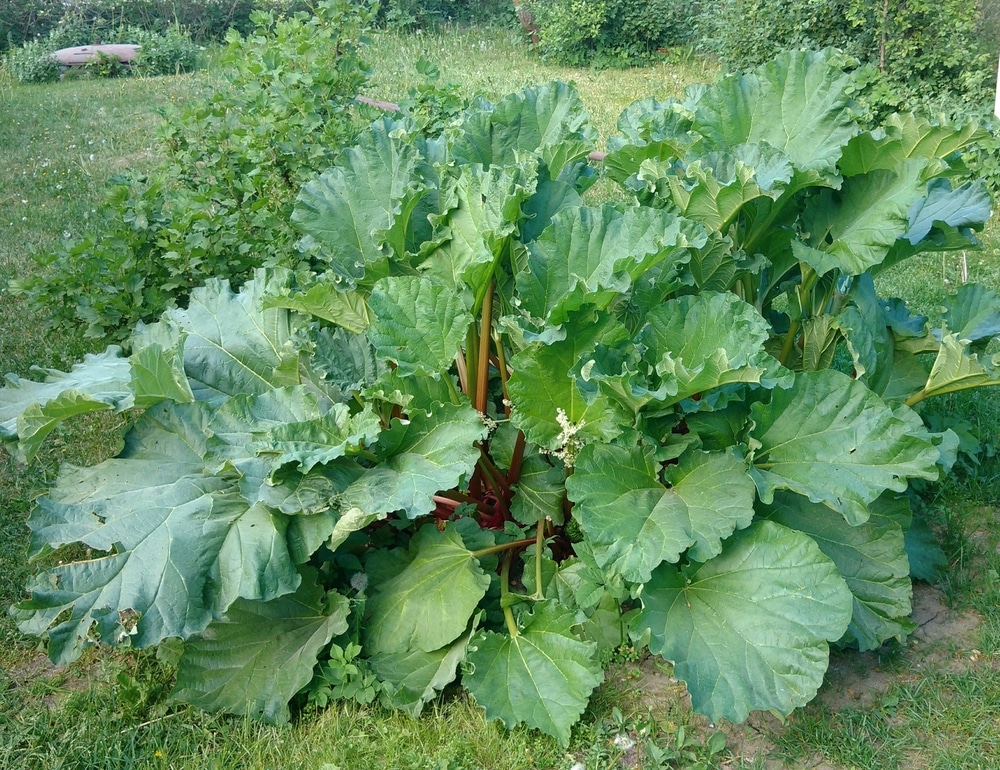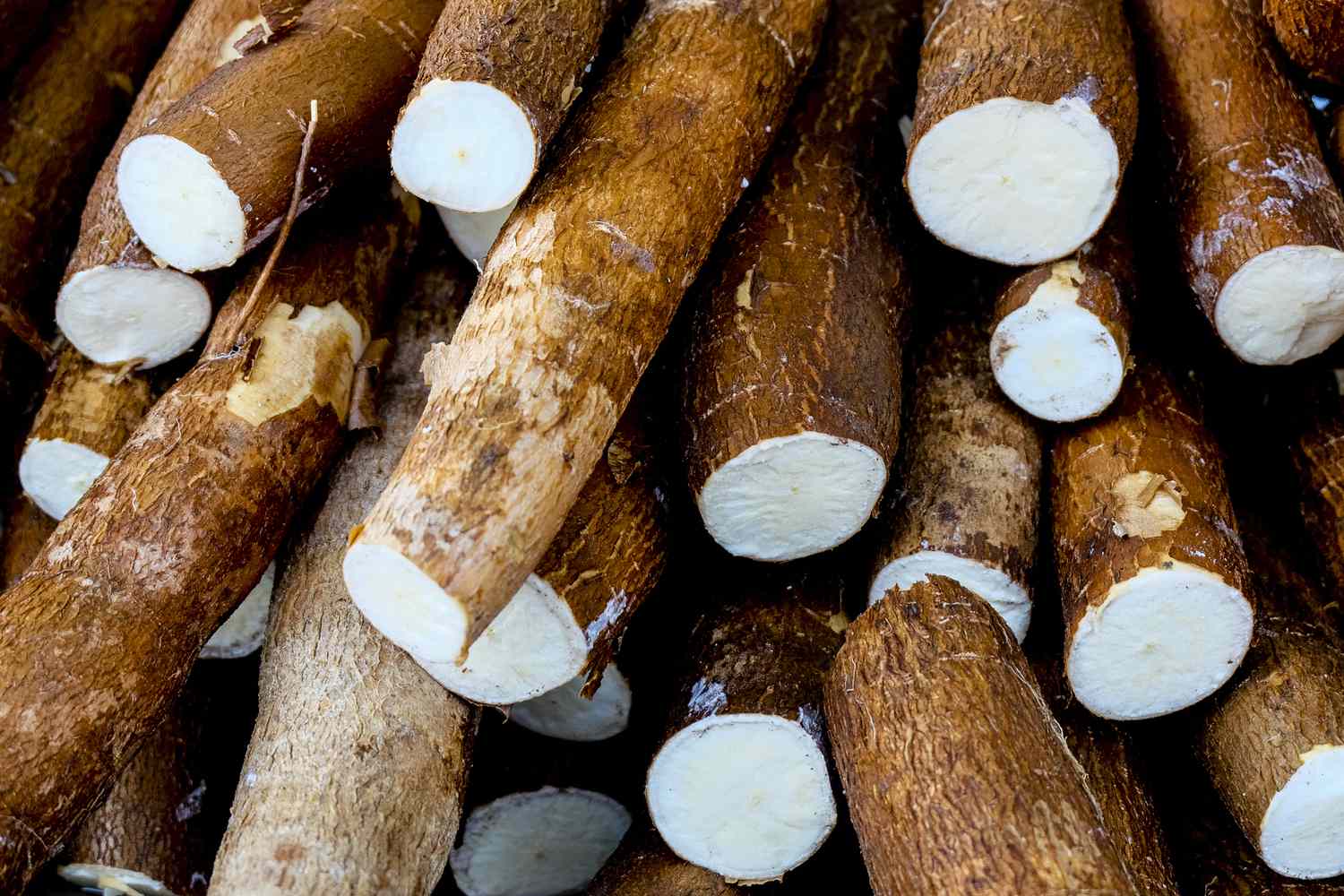HT6. World’s “Deadliest food” Kills 200 Each Year
Food plays many roles in our lives—nourishment, culture, pleasure. But for millions of people around the world, some foods pose serious health risks, even death, if improperly prepared or consumed in certain conditions. Surprisingly, many of these foods remain staples or delicacies, enjoyed by millions despite the potential consequences.
In this article, we explore 10 of the most dangerous foods, based on peer-reviewed research and verified health sources. We’ll explain why they’re dangerous, how to consume them safely, and why people continue to eat them.
1. Cassava: A Staple Crop That Can Produce Cyanide
Cassava is a major source of carbohydrates for over 800 million people, especially in Africa, Asia, and South America. However, it contains cyanogenic glycosides, which can convert into hydrogen cyanide—a highly toxic substance—if the tuber is not properly processed.
According to the World Health Organization (WHO), improper preparation can lead to cyanide poisoning, which may result in symptoms ranging from dizziness and vomiting to paralysis and death. The WHO estimates cassava poisoning causes around 200 deaths annually【World Health Organization】.

Safe Preparation: Cassava must be peeled, soaked, fermented, dried, or boiled to reduce cyanide content to safe levels.
Why People Still Eat It: Cassava is drought-resistant, calorie-dense, and relatively easy to cultivate in harsh climates, making it an essential food security crop.
2. Fugu (Pufferfish): A Risky Japanese Delicacy
Fugu is the Japanese name for pufferfish, which contains tetrodotoxin, a potent neurotoxin. This compound is about 1,200 times more toxic than cyanide, with no known antidote. The toxin can cause numbness, muscle paralysis, respiratory failure, and death. Victims may remain conscious until the end.
According to Japan’s Ministry of Health, Labour and Welfare, around 20 to 50 people are poisoned annually due to improper preparation of fugu, with a few fatalities each year【Ministry of Health, Japan】.

Safe Preparation: In Japan, only licensed chefs who undergo years of training are legally allowed to prepare and serve fugu.
Why People Still Eat It: The danger adds a thrill factor for diners, and the slight tingling sensation caused by trace amounts of toxin is considered part of the culinary experience.
3. Starfruit: Harmless for Most, Toxic for Some
Starfruit, or carambola, is rich in antioxidants and vitamin C, making it a popular tropical fruit. However, it contains neurotoxins that are dangerous for individuals with chronic kidney disease. In these individuals, the toxins accumulate in the body, potentially causing confusion, seizures, or death.
The National Kidney Foundation warns that symptoms can appear within a few hours of consumption, starting with hiccups, vomiting, and muscle weakness【National Kidney Foundation】.

Safe Consumption: People with healthy kidneys can safely enjoy starfruit in moderation.
Why People Still Eat It: Its sweet-tart flavor, high nutrient content, and health benefits make it a favorite in many parts of the world.
4. Cherry Pits and Apple Seeds: Tiny Seeds, Serious Risk
Both cherry pits and apple seeds contain amygdalin, a naturally occurring chemical that can convert to cyanide when chewed or crushed. While accidentally swallowing a whole seed or pit is usually harmless, ingesting large amounts of crushed seeds may cause cyanide poisoning.
Symptoms include dizziness, nausea, vomiting, and in rare cases, respiratory distress or death【Source: Healthline】.

Safe Consumption: Do not chew or crush fruit seeds or pits. Always discard them.
5. Green Potatoes: When Vegetables Go Toxic
When potatoes are exposed to light, they produce chlorophyll and, more importantly, a compound called solanine. In large amounts, solanine can cause nausea, headaches, confusion, and even paralysis.
The U.S. National Institutes of Health advises discarding potatoes that are green, sprouting, or taste bitter【NIH】.

Safe Consumption: Peel off green parts and avoid eating potatoes that show signs of sprouting or damage.
Why People Still Eat Them: Potatoes are a staple crop worldwide, and the risk is easily mitigated through proper food handling.
6. Raw Cashews: Not What They Seem
Cashews sold as “raw” in grocery stores have actually been steamed to remove urushiol, the same toxic resin found in poison ivy. True raw cashews contain enough urushiol to cause severe allergic reactions.
Healthline notes that handling or consuming truly raw cashews can result in intense itching, skin inflammation, and gastrointestinal distress【Healthline】.
:max_bytes(150000):strip_icc()/__opt__aboutcom__coeus__resources__content_migration__mnn__images__2017__11__Cashew-hanging-from-tree-c96ea1cd9e964c55b5cca1ee41d244c5.jpg)
Safe Consumption: Always buy commercially processed cashews, which are safe for consumption.
7. Nutmeg: Holiday Spice with Hallucinogenic Effects
Nutmeg contains a compound called myristicin, which can affect the central nervous system. In large doses, it can cause hallucinations, nausea, rapid heartbeat, and psychosis.
According to a 2015 review in the Journal of Medical Toxicology, just 5 grams (approximately two teaspoons) can lead to serious effects, with symptoms lasting several hours or even days【Journal of Medical Toxicology】.
:max_bytes(150000):strip_icc()/Nutmeg-Explainer-3-FT-BLOG1222-70c43e3feb1c458cb1ea88a41bdcc2f4.jpg)
Safe Consumption: Use nutmeg as a spice in small quantities—never for recreational use.
8. Wild Mushrooms: Easy to Confuse, Hard to Survive
While store-bought mushrooms are generally safe, many wild mushrooms are toxic. The death cap mushroom (Amanita phalloides), for example, contains amatoxins that cause liver and kidney failure. Just half a mushroom can be fatal.
Britannica estimates that of the roughly 70–80 poisonous species of mushrooms, only a few are typically fatal—but many resemble edible varieties, increasing the risk【Britannica】.

Safe Consumption: Avoid foraging unless you are a trained expert. Stick to store-purchased mushrooms.
9. Rhubarb Leaves: Toxic Yet Common in Home Gardens
The edible stalks of rhubarb are popular in pies and jams, but the leaves contain oxalic acid and anthraquinone glycosides, which can cause kidney stones, convulsions, and possibly death if consumed in large quantities.
The U.S. National Institutes of Health classifies rhubarb leaves as poisonous and recommends discarding them【NIH】.

Safe Consumption: Only consume the stalks; avoid the leaves entirely.
10. Red Kidney Beans: Only Safe When Properly Cooked
Kidney beans contain phytohaemagglutinin, a toxin that can cause severe gastrointestinal distress. Eating as few as four or five undercooked beans can trigger symptoms within hours.
The U.S. Food and Drug Administration recommends boiling red kidney beans for at least 10 minutes to destroy the toxin【FDA】.

Safe Preparation: Boil kidney beans thoroughly before slow cooking. Do not rely on low-temperature cooking methods.
Conclusion: Understanding Risk and Respecting Tradition
Many of these foods continue to be eaten because they are cultural delicacies, affordable staples, or nutritionally important in certain regions. In most cases, the risks can be minimized or eliminated through proper preparation and knowledge.
Educating ourselves about food safety can help us enjoy global cuisine without putting our health at risk.
References:
- World Health Organization: https://www.who.int
- Ministry of Health, Labour and Welfare (Japan): https://www.mhlw.go.jp
- National Kidney Foundation: https://www.kidney.org
- Healthline: https://www.healthline.com
- National Institutes of Health: https://www.nih.gov
- U.S. Food and Drug Administration: https://www.fda.gov
- Britannica: https://www.britannica.com
- Journal of Medical Toxicology, 2015













